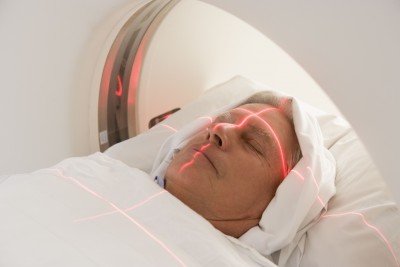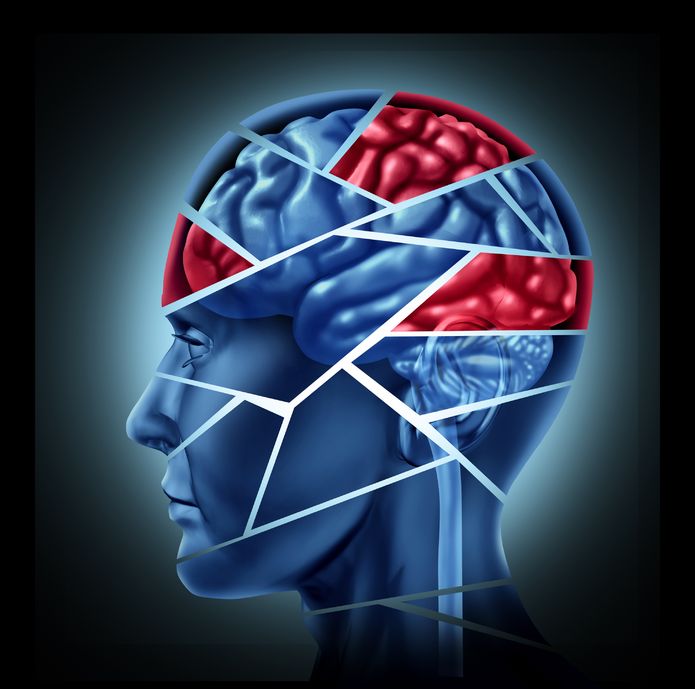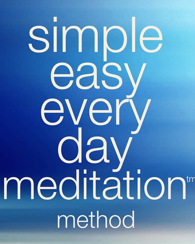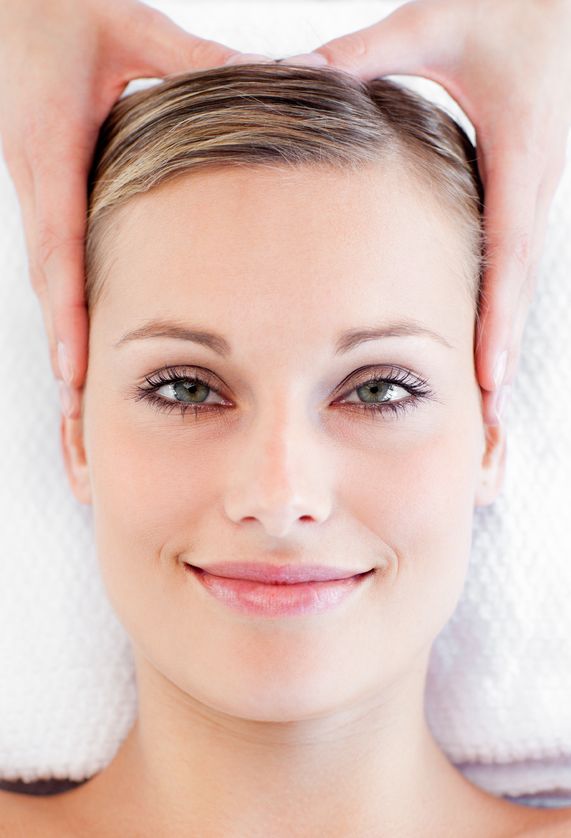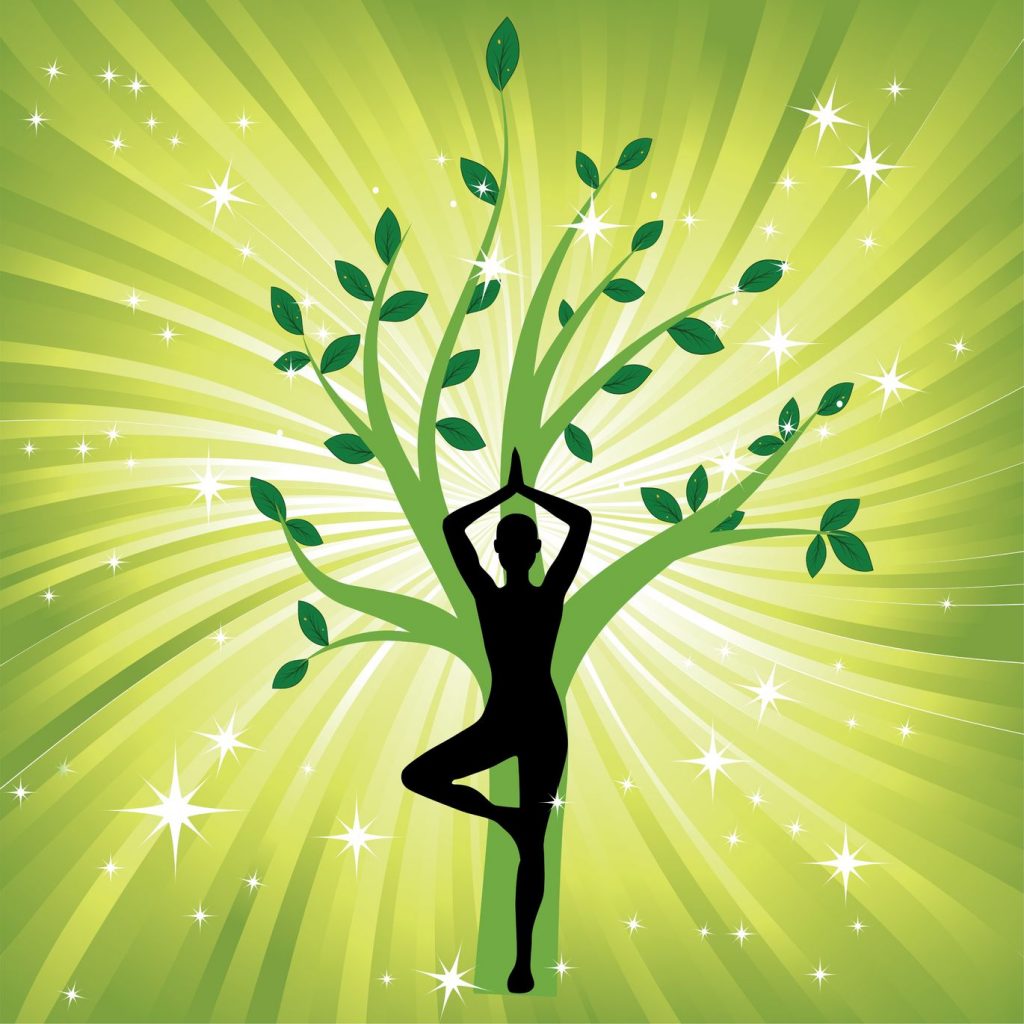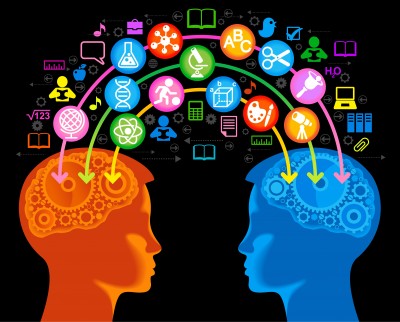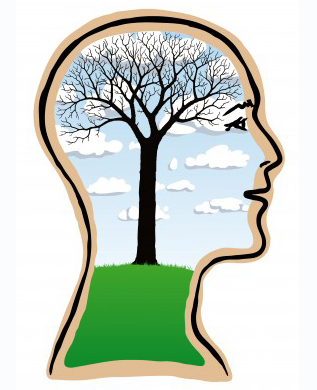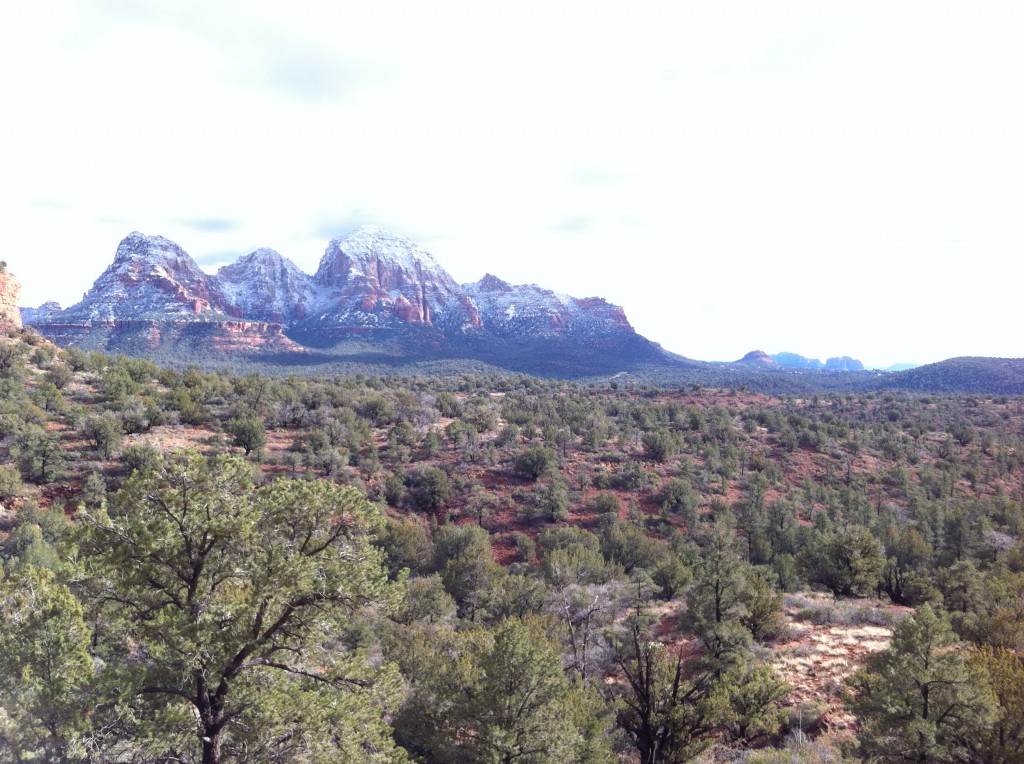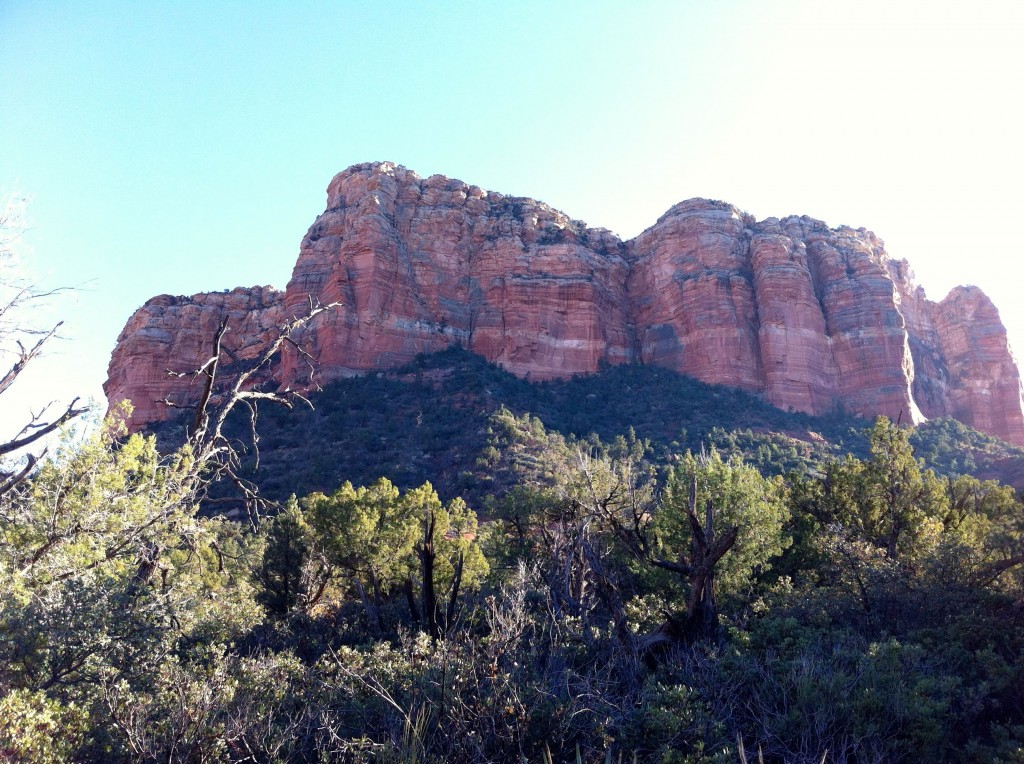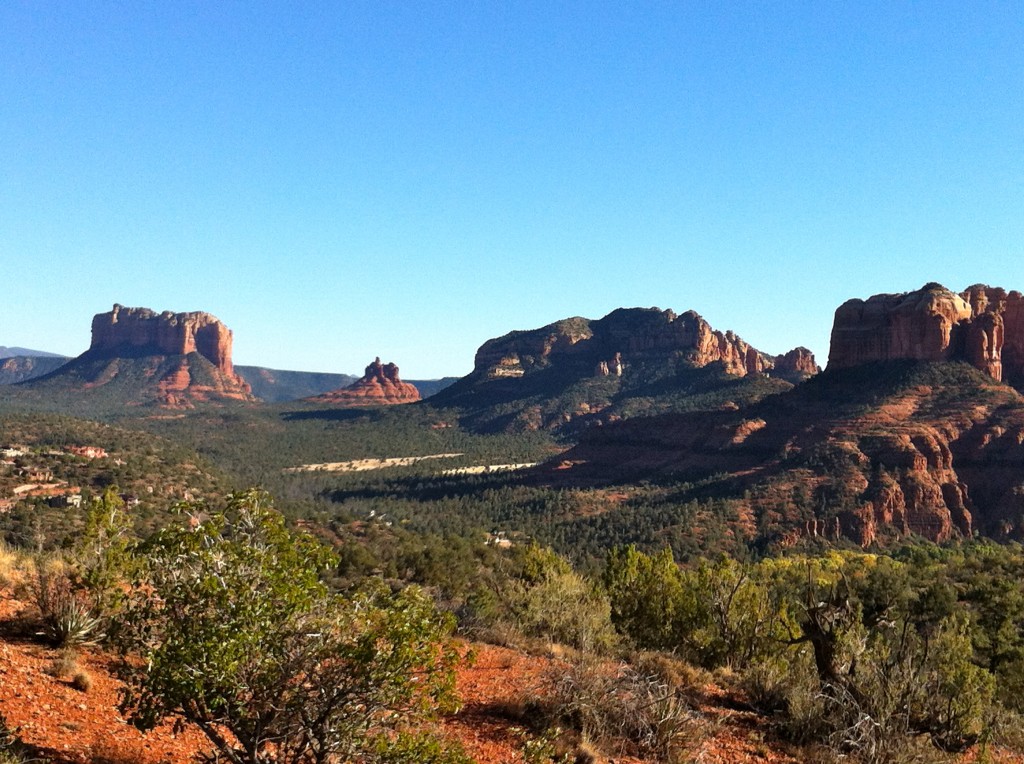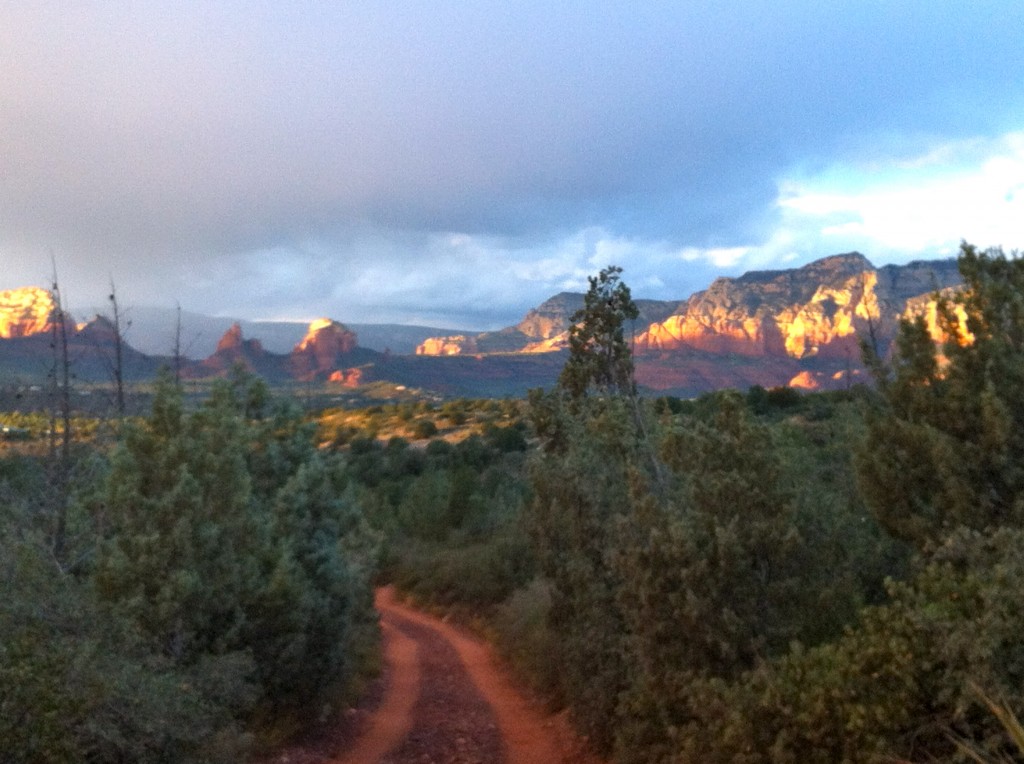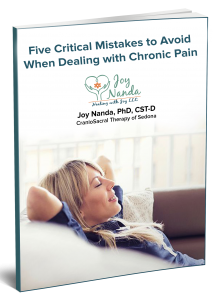I try to post mostly positive thoughts on this blog, but the following research findings are so important I want to write about them, even though they are a bit frightening if you have been exposed to this kind of test or are contemplating one in the future. Here in Sedona, it seems like most people do their very best to avoid any kind of radiation – dental x-rays, EMF from televisions, “Smart” meters, etc. But what about a CT scan? It sounds so modern and “clean”…
What is a CT scan, anyway? It is an imaging technique that uses a computer program and lots of x-rays from different angles to create thin “image slices” of the body. When the slices are put back together, they give a very accurate 3-D representation of the inside of the body. This can be very helpful in avoiding “exploratory” surgery when a diagnosis can’t be determined from symptoms alone, or to screen for heart disease, for example. We have learned so much about the human body, and especially the brain, through the use of CT. But the test itself is not without risk, and it is estimated that 20-50% of them are medically unnecessary.
Dr. Michael Gregor over at NurtitionFacts.org has put together a video reviewing the research on the effects of CT scan radiation exposure, and there are some pretty sobering quotes, such as:
“The diagnostic radiation dealt out in one year is estimated to cause 2,800 breast cancers among women in the United States, and 25,000 or so other cancers.”
“One chest CT scan is like getting 400 chest x-rays, and a stress test heart scan can be like getting over 1,000 x-rays.”
“One in every 270 middle-aged women that get an angiogram may get cancer because of that one test.”
The best way to avoid these tests? Live and eat healthy enough to avoid them, be aware of what tests are being performed and exactly what benefit they provide, and be sure you understand the risks (which are not always fully communicated). This is especially important for young people, whose risk is even greater due to the long development time for most cancers.
What if you’ve had these tests already, and are worried about your risk? It’s the same advice – live and eat healthy to minimize any further risk. When we do SomatoEmotional Release work as part of CranioSacral Therapy, we help the body to release any foreign energies that are stored in the tissues. Traditionally, we’ve thought of these foreign energies in terms of impacts from things like auto accidents or falls. As he developed the concept and worked with more patients, however, Dr. Upledger realized that Energy Cysts can also occur from the effects of surgery, infections, exposure to toxins, emotional trauma, medication, and even excess radiation. By releasing these energies, the body is restored to more optimal functioning.
Of course, no one can predict the effect of a single event or type of healing on one person’s risk of developing a disease. Because each path is unique, we can’t assign a statistical probability to the outcome, and I’m not saying that CST or any other healing technique can completely reverse a carcinogenic process started years or decades in the past. In CranioSacral Therapy, we are only allowing the “Inner Physician” within each of us to lead us on to the path of highest good. Combine that with a healthy lifestyle and informed vigilance when it comes to potential side effects from medical treatments, and then just enjoy your life today!

